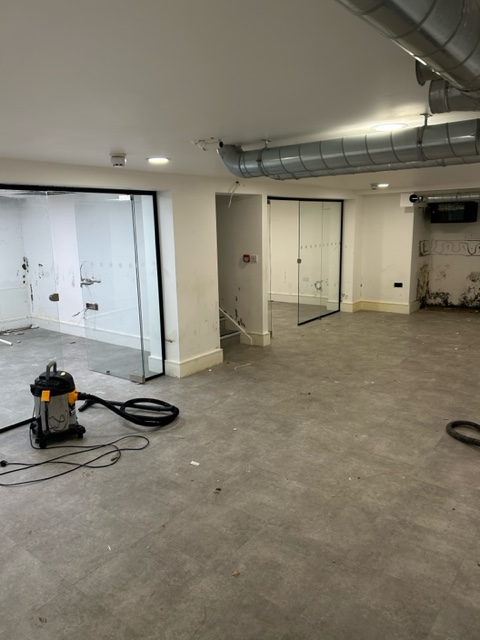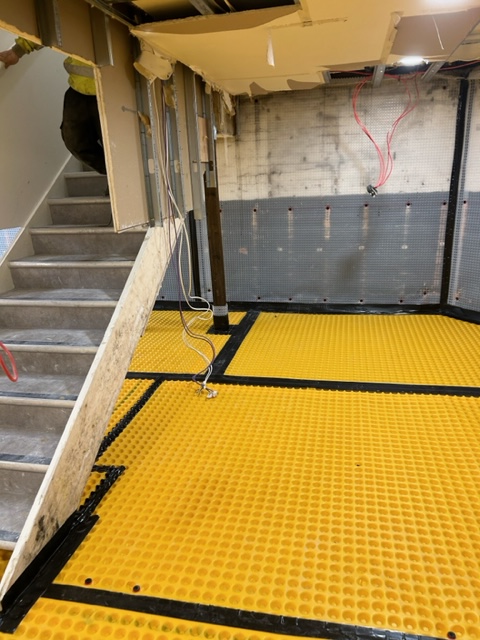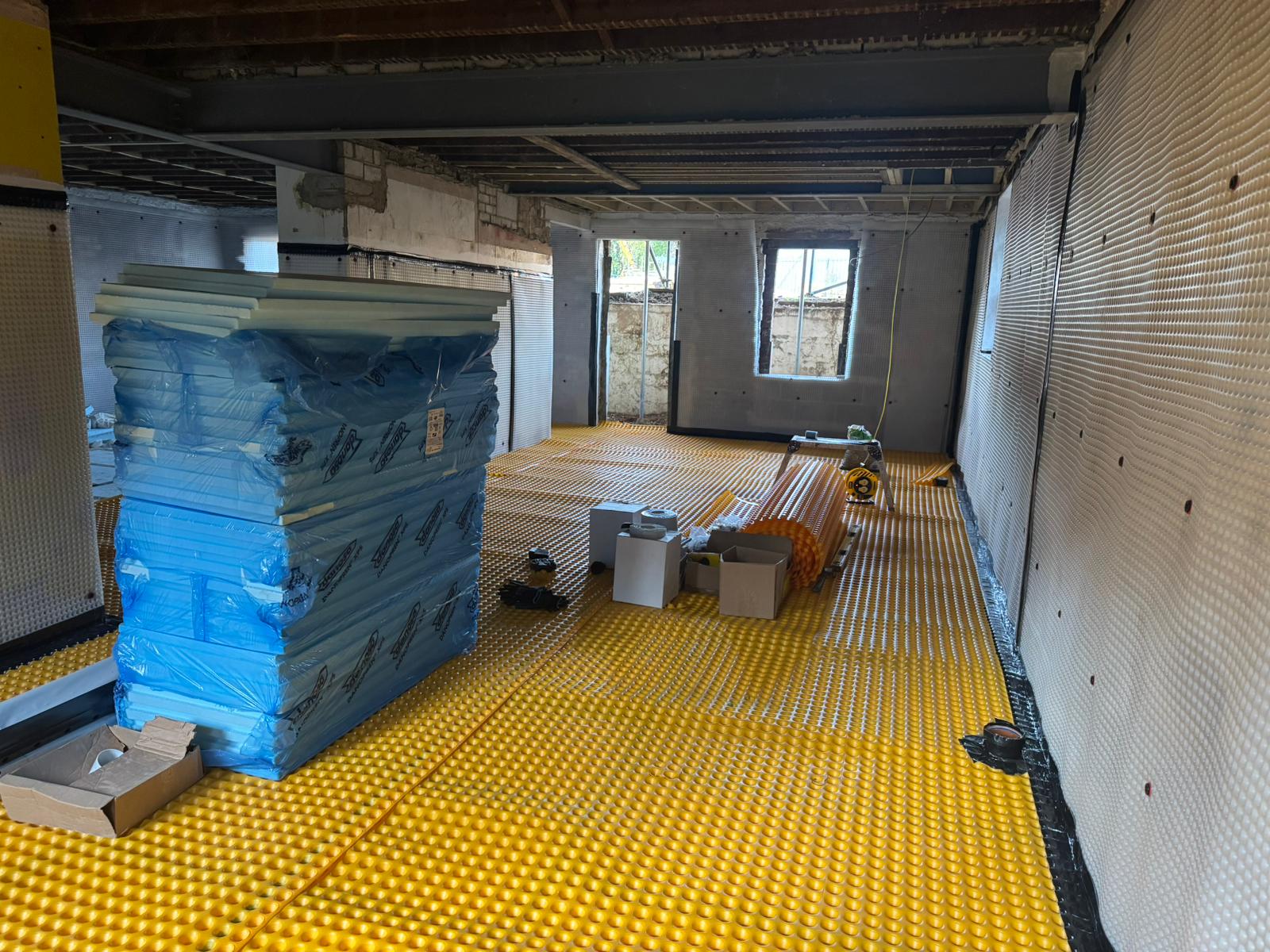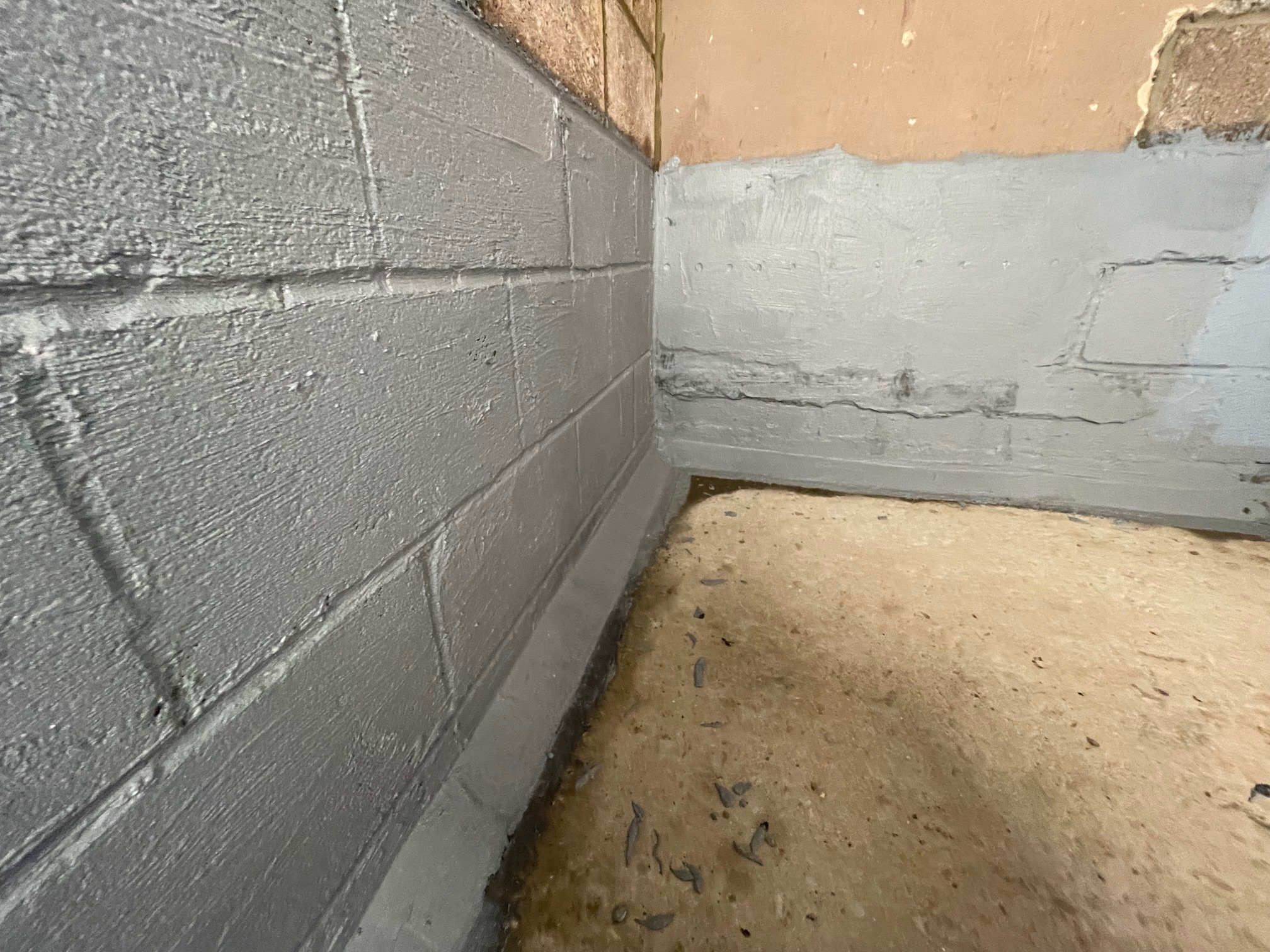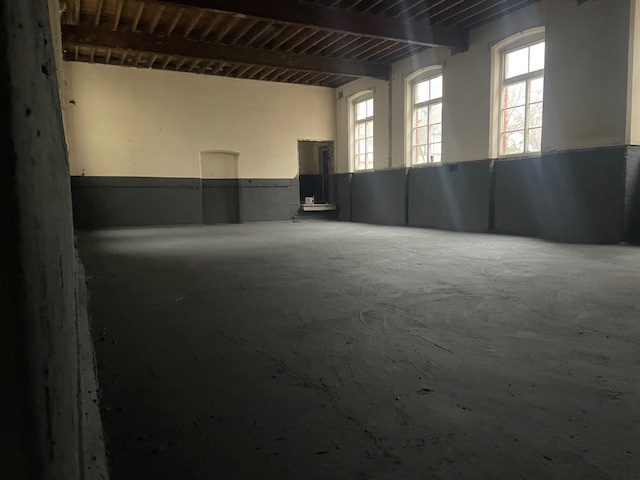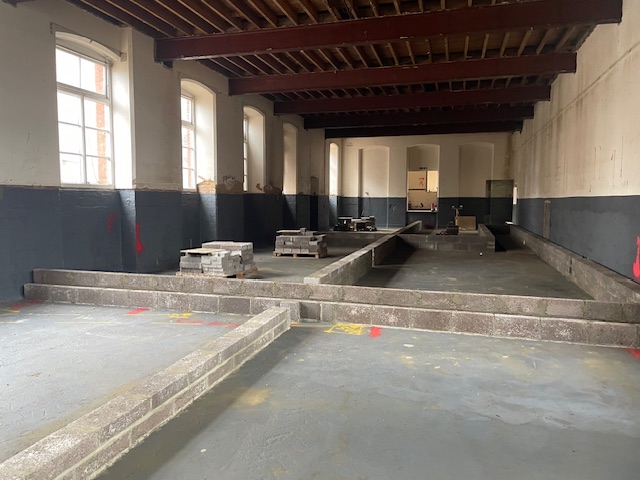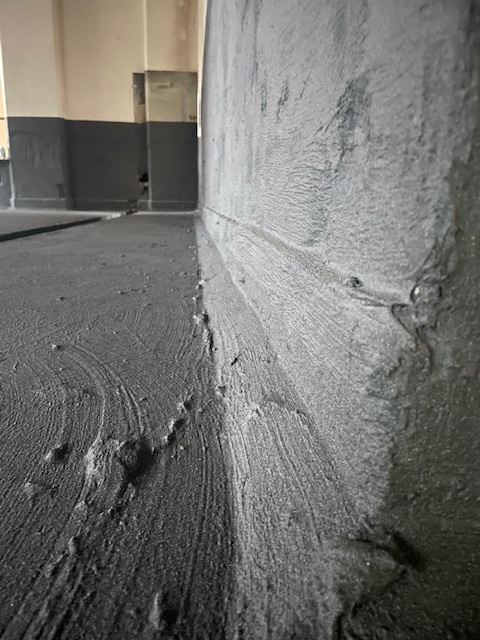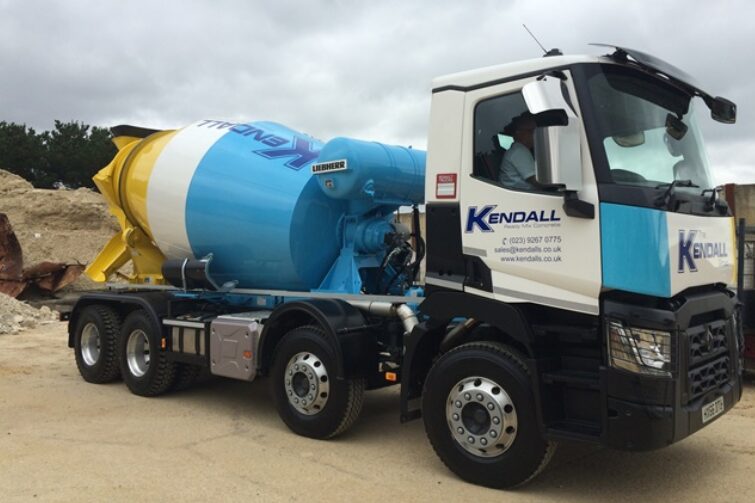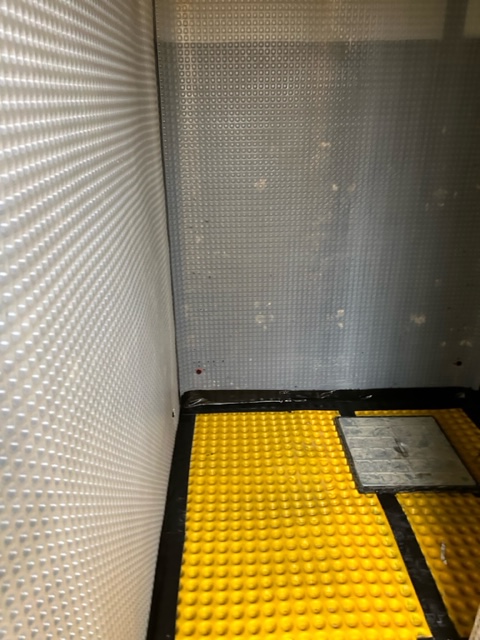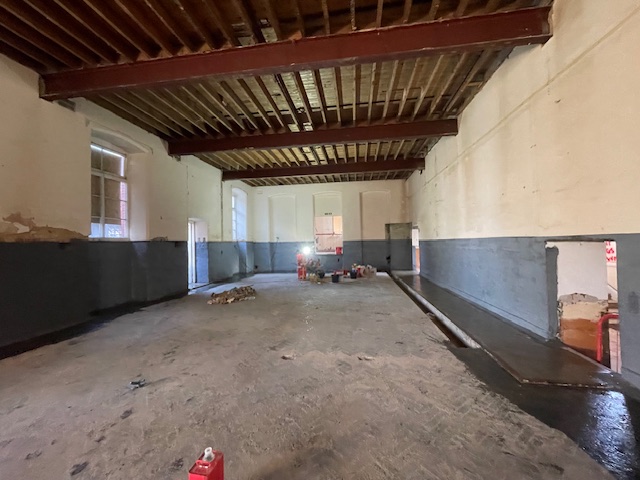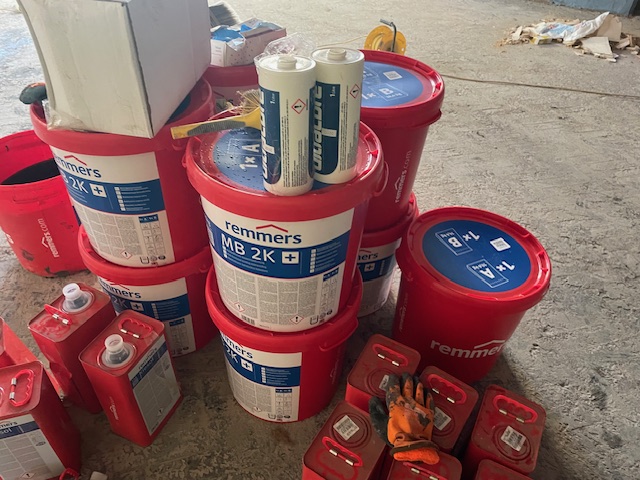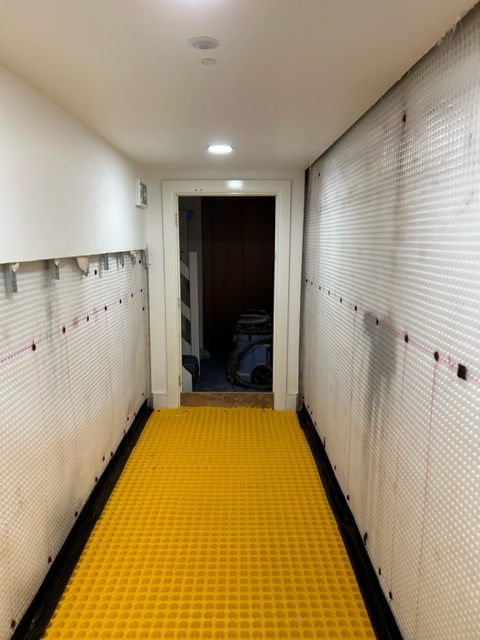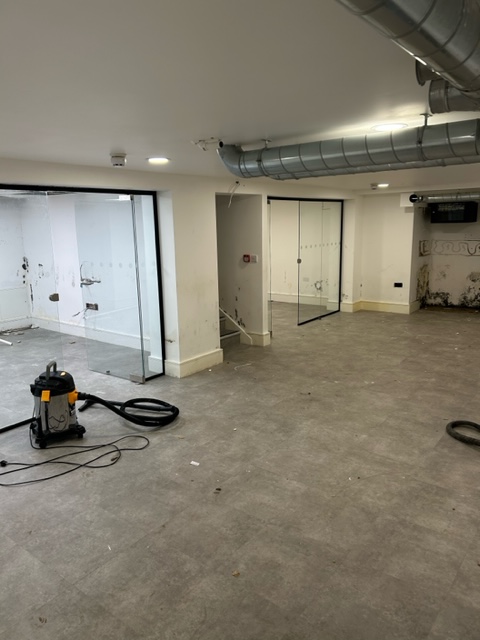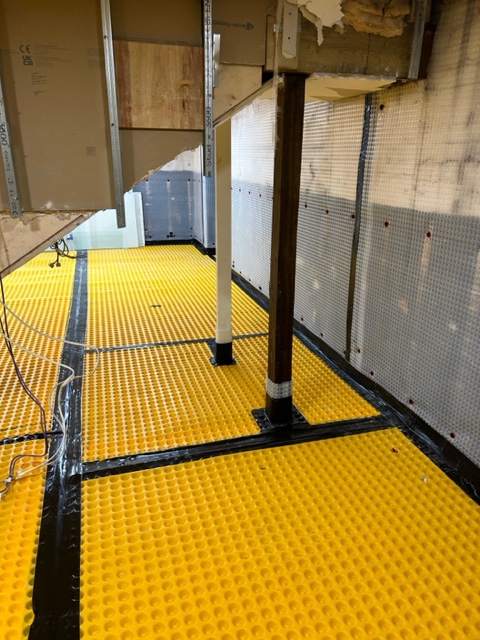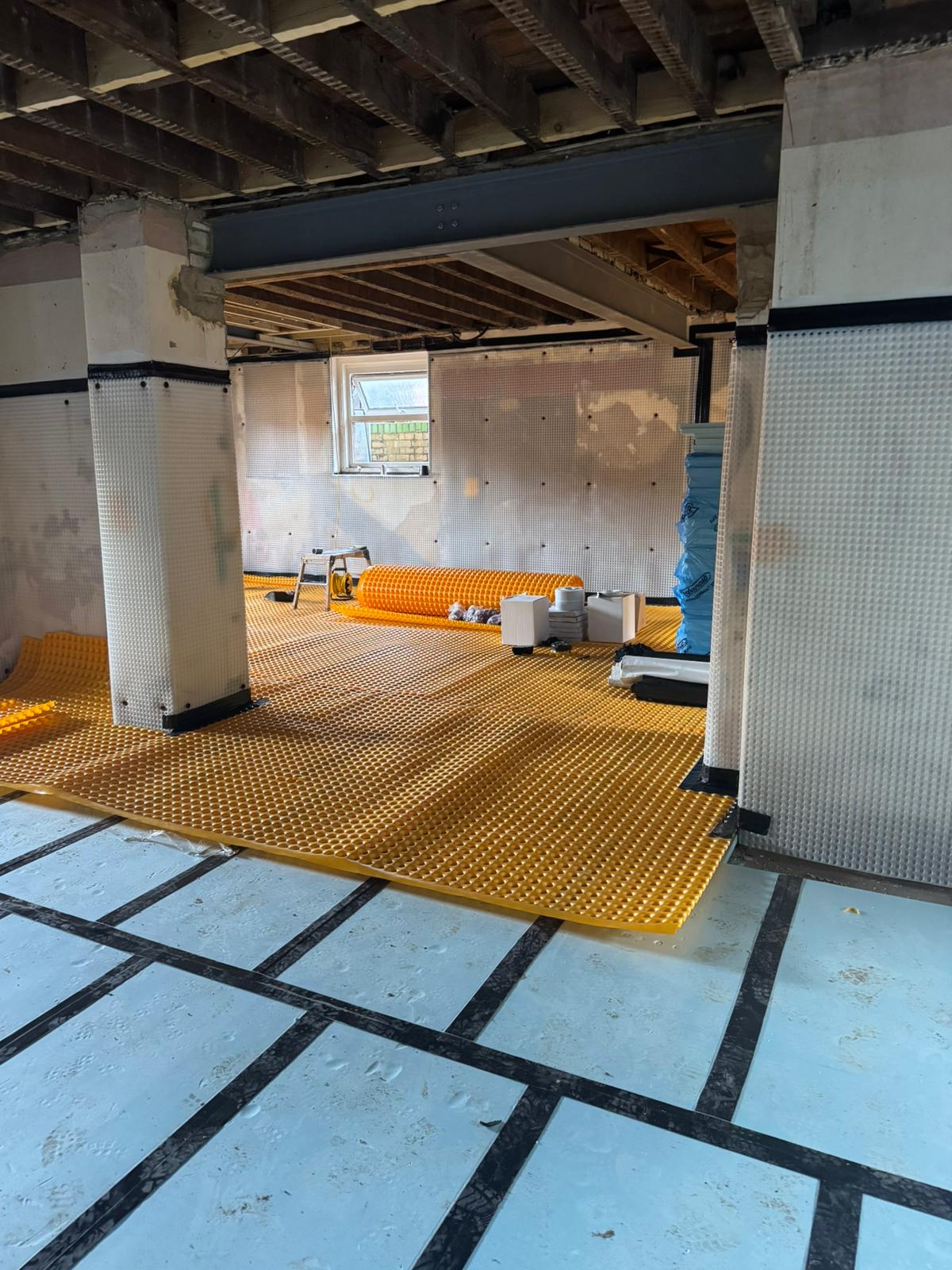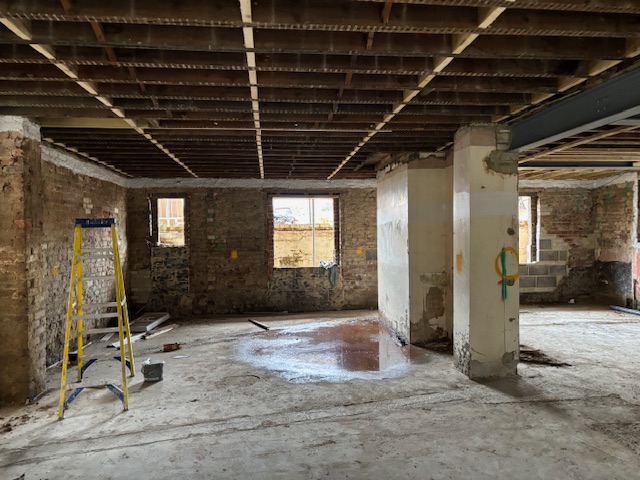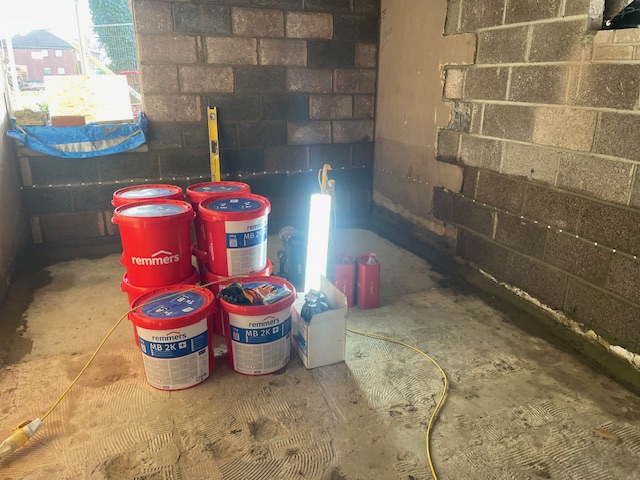Structural waterproofing is essential for keeping buildings dry and liveable, especially with rising water levels, increased rainfall, and more frequent flooding. Water intrusion can cause severe damage, leading to thousands of pounds in repair costs.
To ensure the best protection at the lowest cost, it’s crucial to plan your building’s waterproofing as soon as possible. Below-ground structural waterproofing is a highly specialized task that requires skilled technicians and designers with the CSSW qualification (Certified Surveyor in Structural Waterproofing), along with full compliance with British standards 8102 and its updated version, 8102:2022. The VENTIL8ED team is fully equipped to provide expert, compliant waterproofing solutions.
Our design team specializes in structural waterproofing and will collaborate with you to select the most appropriate solution based on your needs. The choice of waterproofing system depends on the intended use of the space, what will be stored there, and the finishes it will have. These factors determine the level of waterproofing required. We offer three system types—A, B, and C—or a combined system, depending on the specific requirements of your project.
Waterproofing Grades explained: What will you use the basement for?
This is what Grades are in the updated BS8102:2022 standard:
GRADE 1a Seepage and damp areas from internal and external sources are tolerable, where this does not impact on the proposed use of below ground structure.
GRADE 1b No seepage. Damp areas from internal and external sources are tolerable.
GRADE 2 No seepage is acceptable. Damp areas as a result of internal air moisture/ condensation are tolerable; measures might be required to manage water vapour/condensation.
GRADE 3 No water ingress or damp areas is acceptable. Ventilation, dehumidification or air conditioning necessary; appropriate to the intended use.
The agreed grade should meet with client’s expectations for the intended use of the below ground space. Reducing the grade could increase the risk of not meeting the expectations of the client.
The grade of waterproofing protection should be agreed at the earliest stage. Reducing the grade increases the risk.
Seepage has been defined separately to damp, and specifically mentioned as either acceptable or unacceptable depending on the Grade of protection.
If you are building a basement, you are required to carry out site investigations that involves inspection for ground gases.
Ventil8ed together with our partners provides combined solutions for both waterproofing and gas protection.
The provision of a waterproof membrane to the outside of the basement of substructure in accordance with BS8102/2022 (‘Type A’ form of construction) can also be a gas membrane and external tanking, and waterproofing can be combined where required.
Internal cavity drain membrane systems can be detailed as gas membranes/Radon barriers when married up with suitable extraction or positive pressure systems.

